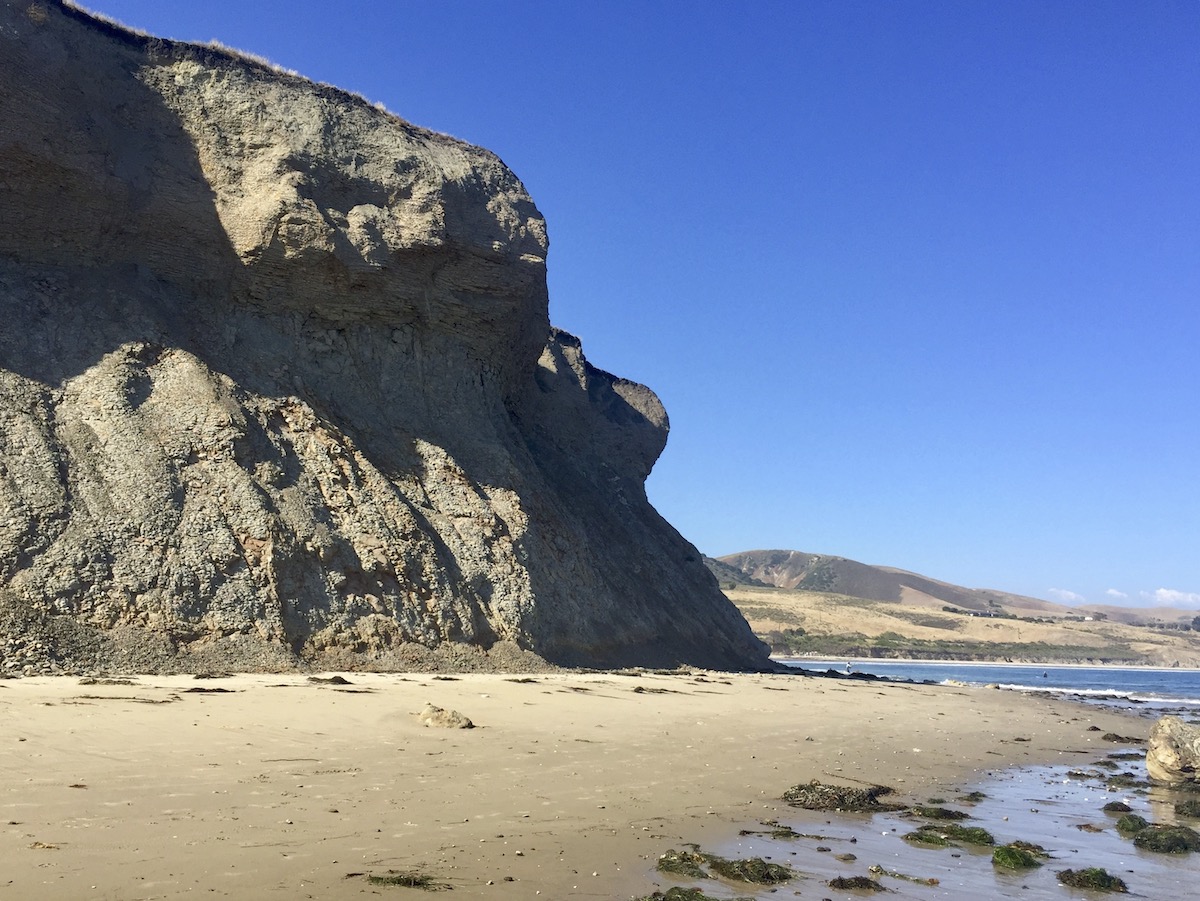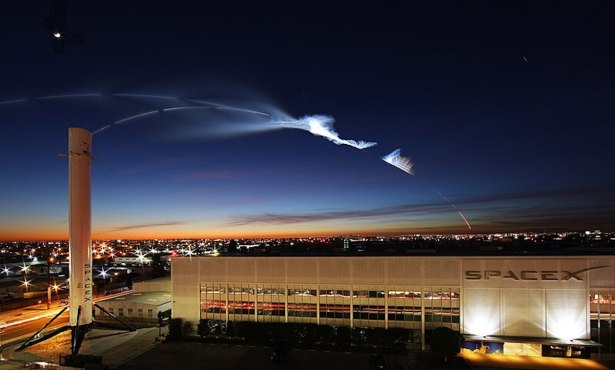Hollister Ranch: Will the Public Ever Have Access?
State Agencies Decide a CEQA Review First Would Be 'Prudent'

April 1 has come and gone, the date set in Assembly Bill 1680 for Hollister Ranch to open its fabled beaches and surf breaks to anyone and everyone. But, with some members of the public asking if the date was an April Fool’s stunt, in actuality, the Coastal Commission decided in March that an environmental report was needed before breaching the gate to Santa Barbara County’s Shangri-La. What might happen when hundreds of surfers and beachgoers arrived at a place unprepared for them became a clear concern for the participants who, for the past two years, have been meeting to determine the details for public access.
California’s beaches belong to the public by law, but Hollister’s remote 14,000 acres — which start where Highway 101 makes a sharp turn at Gaviota and heads north and east — have been run as a cattle ranch since Spanish times and remained so after the property was split into housing lots in 1971. It is off the beaten track, and relatively few people have ever lived or visited there. Those who do value the privacy and the unique vestiges of coastal California still remaining on the ranch lands.

It was questions about the residents, their holdings, their guests, their water wells, their livestock, and other inquiries from coastal commissioners that led to the CEQA environmental report gambit and the missed deadline. The commissioners wanted information on present conditions at the ranch, but the residents — through the Hollister Ranch Owners Association attorney — objected that the answers were of a personal nature and would eventually appear in a public document, in violation of their homeowner rules and California law.
Sign up for Indy Today to receive fresh news from Independent.com, in your inbox, every morning.
Letters and comments from Hollister Ranch participants express genuine concerns about Chumash sites on the property, as well as the sensitive plant and animal communities on the ranch. They point out that their voluntary docent programs for children, veterans, scientists, and birdwatchers give some amount of access to some who don’t live there. They insist that it’s been their stewardship of the land over the decades that makes it now such a desirable place to visit. And in a letter to the Coastal Commission last October, they offered a determined resistance to a “dramatically increased human presence” without first studying in detail the potential adverse impacts.
The letter also stated that an apparent intent by the state agencies to take land by condemnation would be counterproductive, combative, and expensive. To get to full public access, which would include a trail across the 8.5 miles of the ranch’s coastline, would require property negotiations with Hollister Ranch lot owners and and likely Union Pacific railroad. In the program draft, any negotiations are termed “complex” and “could take years to complete.” The alternative is voluntary access by Hollister Ranch, which is “not a guaranteed” part of the program.

“Representatives of the Hollister Ranch have been working with the state and stakeholders for the better part of two years,” said Ed De La Rosa, president of the ranch’s Owners Association, “and will continue to work with them to consider ideas for access that prioritizes persons from underserved communities, respects the history of Native American Tribes along the Gaviota coast, and that protects and preserves natural and cultural resources.”
But the voluntary program is not the same as public access, said Linda Locklin, the Coastal Commission’s public access manager. “The current public access program is not for the general public; it’s not on a daily basis,” Locklin asserted. “It absolutely does not meet the criteria set out in Senator Limón’s bill.” State Senator Monique Limón wrote AB 1680 when she was an assemblymember. Her first bill to revive Hollister access through an old agreement from 1982 was vetoed by Governor Jerry Brown, Locklin explained, who thought the 40-year-old plan was too out of date.
Limón remained optimistic. She said AB 1680 intended to create “meaningful public access to the beaches at Hollister Ranch by April of 2022. Unfortunately, no one could have foreseen the events of the last two years.” Despite the pandemic, she noted, “the state agencies have completed an access plan and are currently working on the environmental review for the plan. Once this review is completed, we can move forward with a plan that both allows for access but also considers the impacts on the natural environment.”
The Coastal Commission is no stranger to the tug-of-war with Hollister Ranch. The Coastal Act, which along with the California Constitution makes beaches below the mean-high-tide line free to the public, specifically names Hollister Ranch and the dispute over coastal access, which was to be provided “in a timely manner.” That was in 1976. While AB 1680 set an implementation date of April 1, 2022, despite the working group meetings, public workshops, accretion of information, and a draft written of the Hollister Ranch Coastal Access Program, legal wrangling is expected.
In a report to state legislators informing them of the missed deadline, the state agencies involved — Coastal Commission, State Lands, Coastal Conservancy, and Parks and Rec — indicated that going through the California Environmental Quality Act (CEQA) review was “prudent” and would make the resulting public access program “legally defensible.” As of now, the Coastal Commission is hiring a consultant to conduct a programmatic environmental impact report and survey potentially affected resources — including cultural resources — as well as including more members of the public. The process is expected to take 18 months.
Support the Santa Barbara Independent through a long-term or a single contribution.




You must be logged in to post a comment.